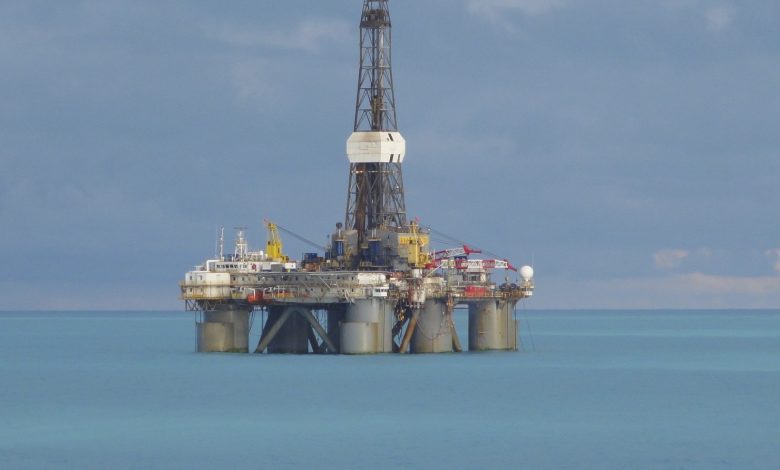Belize to ban offshore drilling in and around its coastal reef system

The government of Belize has announced it will ban offshore oil exploration in the seven marine parks that comprise the Belize Barrier Reef System (BBRS).
The BBRS is the second largest reef system in the world and largest in the northern hemisphere. This decision follows five years of campaigning by environmental groups to persuade the government of Prime Minister Dean Barrow about the reefs’ importance.
Designated a Unesco World Heritage Site in 1996, the BBRS comprises the following marine parks: Bacalar Chico National Park and Marine Reserve; Blue Hole Natural Monument; Half Moon Caye Natural Monument; South Water Caye Marine Reserve; Glover’s Reef Marine Reserve; Laughing Bird Caye National Park; and Sapodilla Cayes Marine Reserve.
But it has also been on the List of World Heritage in Danger because of offshore fuel exploration within and close to the site.
Existing oil exploration contracts will expire late this year and this decision means they will not be renewed in these environmentally sensitive areas.
Then, by 31 January 2016, there should be a permanent ban on drilling in the World Heritage site and in the surrounding zones that have a functional ecological connection to the site.
With the BBRS and adjacent waters included, the area covered by the ban will be more than 1,300 square miles.
This development is quite a turnaround from just six months ago when the Ministry of Energy recommended loosening offshore drilling regulations so that almost the whole coast would be open to exploration.
A small Central American country formerly called British Honduras, Belize has a Caribbean coastline that contains a wealth of marine species and diverse ecosystems. It includes offshore atolls, several hundred sand keys (known locally as cayes), mangrove forests, coastal lagoons and estuaries.
